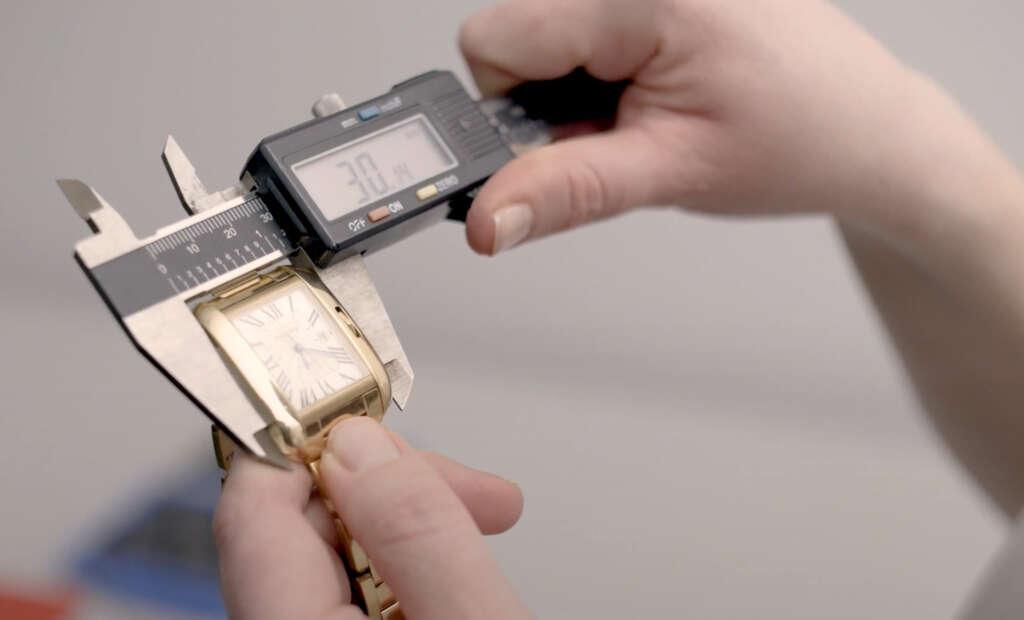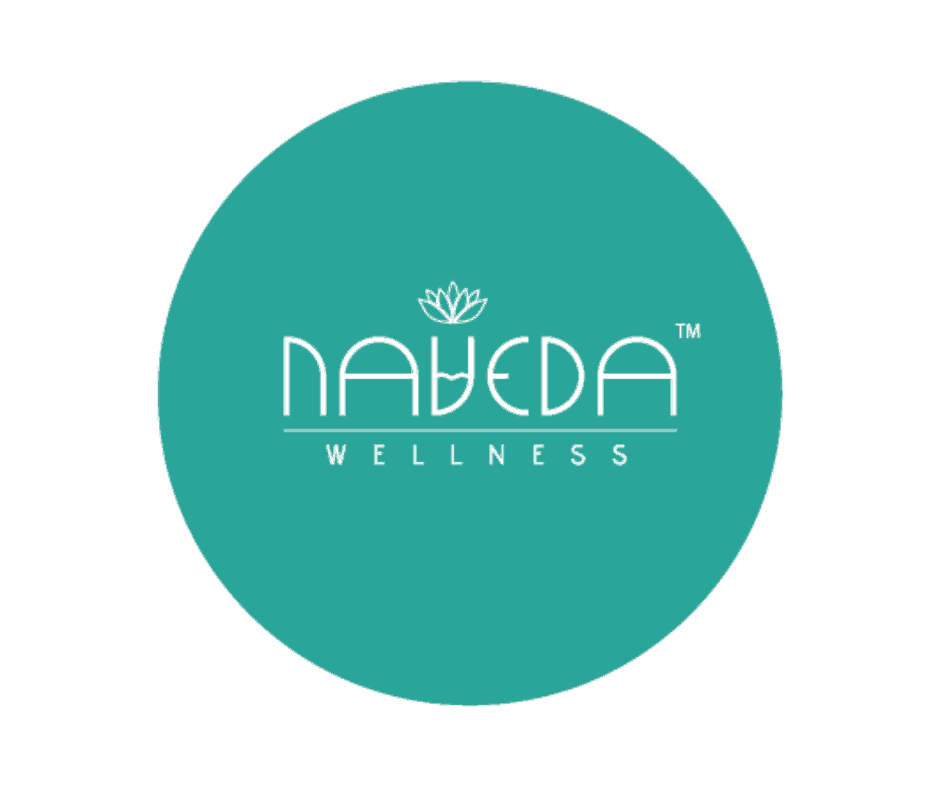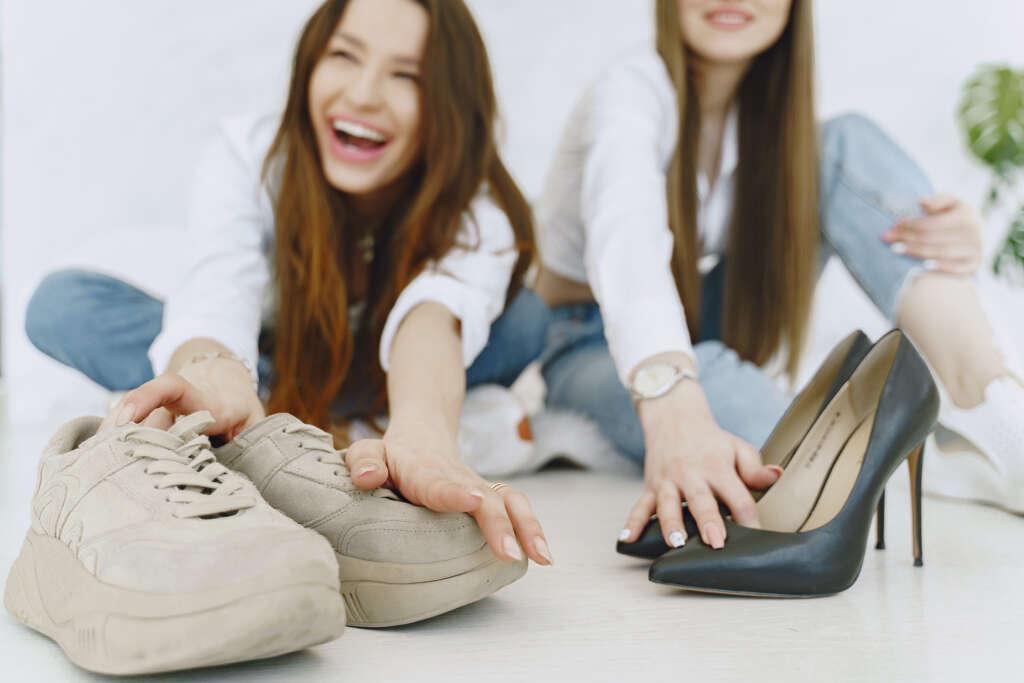Counterfeits have been a thorn in the side of the on-going resale renaissance. Apart from the dent in revenue and brand value, fashion fakes are also a detriment to the entire ‘sustainable’ business model that the second-hand market lays claim to. Where is the authentication technology the market needs and is it up to the mark?
There’s no greenwashing knock-offs
Counterfeits have an illegal environmental footprint, one that is not accounted for and should not exist. Manufacturers of knock-offs have quick turnaround times, meaning lower-quality materials from unreliable sources, toxic dyes and coatings, synthetic or non-organic fabrics, and high-emission machinery. Even in disposal, they continue to pollute, as they are often incinerated after being seized by the law or when sent to landfills.
As if that’s not enough cause for concern, the counterfeit market is also producing rapidly, growing directly proportionally to the resale market, which itself is predicted to expand by 127% and reach $81 billion by 2026. As luxury resale becomes omnipresent, so does its unshakable partner in crime. A report by AI authentication platform Certilogo stated that 27% of fake products were intercepted through their technology in 2021, and an average of 1 in 4 products sold online is fake. They further forecast that if the trend continues to persist, knock-offs will soon grab a third of the fashion and luxury markets.
Even resale platforms aren’t beyond reach of fakes
Second-hand luxury fashion e-tailors rely on their promise of authenticity to attract customers. But even the most lauded of these companies, The RealReal, hasn’t been successful in preventing counterfeit encroachment. In late 2018, Chanel filed a lawsuit against them for selling fake bags with serial numbers that did not match the ones being sold on the website. Further investigation revealed that it wasn’t a misentry but a fake number altogether. A total of seven Chanel fakes were hunted down on the platform.
The RealReal gained first popularity, then notoriety, for its supposed rigorous, multi-point authentication process. The company claimed to employ highly trained gemmologists, horologists, brand experts, and art curators, who were later exposed by The Capitol Forum and media house Fashionista to be just overworked copywriters. The Washington D.C based organised released a report in 2019 alleging that hourly workers with the title ‘copywriter’ were authenticating a bulk of the luxury consignment before uploading descriptions to post on the website. It also included interviews of seven of these employees who exposed unrealistic daily quotas (exceeding 120 items per day) and minimal training. In response, The RealReal confirmed the claims with minor distinctions: the copywriters only authenticate products flagged ‘low-risk’ and that they are provided with guides to refer to at their discretion.
Luxury brands bring resale in-house to limit authentication mishaps
In fashion and luxury markets, brand narratives have flipped from ‘at war’ with resellers to jumping on their bandwagon. Concerns over second-hand markets cannibalizing traditional businesses have been overthrown by mandates to lower carbon emissions through circular gameplans. The war has ended, and fashion brands are not only partnering with Poshmark, The RealReal, and Fashionphile but also bringing resale in-house.
A report by ThredUp cites that between 2020 and 2022, the number of fashion labels starting their own resale programmes has increased by a whopping 275%. Undoubtedly, the added benefit of eliminating counterfeits proved an additional incentive for many of these labels. Since Patagonia’s Worn Wear launched in 2017, brands like Lululemon, Steve Madden, and Adidas have dedicated sections of their online stores to second-hand too.

IMAGE: via Pexels| IMAGE DESCRIPTION: Authenticators at The RealReal processing Cartier watches
Manual authentication: Counterfeits lie in the eye of the beholder
The go-to excuse for counterfeit finds in resale is something along the lines of authentication being more of an art than a science. While recent developments in AI-powered authentication technology are making strides, many platforms still rely on an army of human authenticators. The RealReal even has a directory of experts listed on its website for transparency.
Kevin Ngo, Senior Manager, Authentication and Brand Compliance at The RealReal shares: “The training experience here is very tactile. We are studying every single detail of every single item to ensure that we know how it should be constructed and how the process of construction has changed over time. We’re documenting every detail.”
For example, with handbags in general, the controllers analyse 5 points – fonts and typography, factory production codes, hardware, materials, and the overall construction of the item. With jewellery, criteria like weight, material, correct sizes, serial, and copyright numbers are confirmed. While these checkpoints seem fairly straightforward, each luxury brand and each product has its own telltale signs that only an experienced eye can identify with ease. Ngo elaborates on just a few of the red-flag specifications associated with the Louis Vuitton Speedy bag, which most counterfeiters make mistakes with: when the bottom leg of the letter L in the logo is longer, it’s a fake. The interior of the bag is a big tell, it is supposed to be twill canvas with no shine, but knock-offs use thinner fabrics with sheen. The locations of the size stamps in the bag are very specific; an off-mark size is a no-go
It’s impossible to scale resale without anti-counterfeit technology
With the resale boom in fashion, weekly sales volumes are probably skyrocketing, and manual authentication of potential counterfeits can lead to errors. Therein lies the need for a sustainable method that combines artificial intelligence with human intelligence. In the last few years, a handful of entrepreneurs have emerged with technology-driven solutions, ranging from LVMH’s blockchain platform AURA to Rebag’s automated pricing app Clair.
Second-hand accessory-focused marketplace, Fashionphile, is another such disruptor, taking out the guesswork from the process. Their lab equipment ranges from technology used to detect lab-grown diamonds (which was once a red-flag for counterfeit jewellery) to a device that can precisely identify Pantone shades, and a tool that reads microframes of a product to compare with verified material samples. Fashionphile also possesses an X-ray machine that scans bags to reveal minute details of the metal structure and hardware interiors, usually key to spotting even the ‘superfakes’.
Another relatively silent but primary player is Entrupy, which certifies the authenticity of luxury products like handbags and sneakers using an objective, scientifically proven process, i.e., machine learning and AI. With a company claim of eliminating human bias and 99% accuracy, the brand implements its ‘algorithm’ into a hand-held gadget. Entrupy’s technology magnifies the most minute details, because AI can see what the human eye doesn’t. Microscopic images taken across different regions of the item are analysed using AI trained with millions of data points. It reveals two possible outcomes: authentic or unidentified.
With technology like this, are counterfeits going to rise to the challenge, or has the luxury knock-off industry finally been served?
Is resale the lesser of two evils? Only for now
Second-hand is clearly a low-impact choice for conscious consumers who opt to extend the lifespan of used garments and accessories. However resale has been under heat for its lack of accountability with regards to their operational costs to the environment.
Also, recent reports from Thredup and The RealReal have revealed that even when buying second-hand, consumers crave constant newness. The availability of used products at lower prices is fueling consumerism and second-hand might be headed down the fast fashion road.
As counterfeit culture expands alongside the resale industry, consumers are now increasingly stuck between a hard place and a rock. Are new sustainably-produced branded clothes better than potential knock-offs found at resellers?
FEATURE IMAGE: via Pexels| IMAGE DESCRIPTION: Second-hand luxury purchases by consumers


